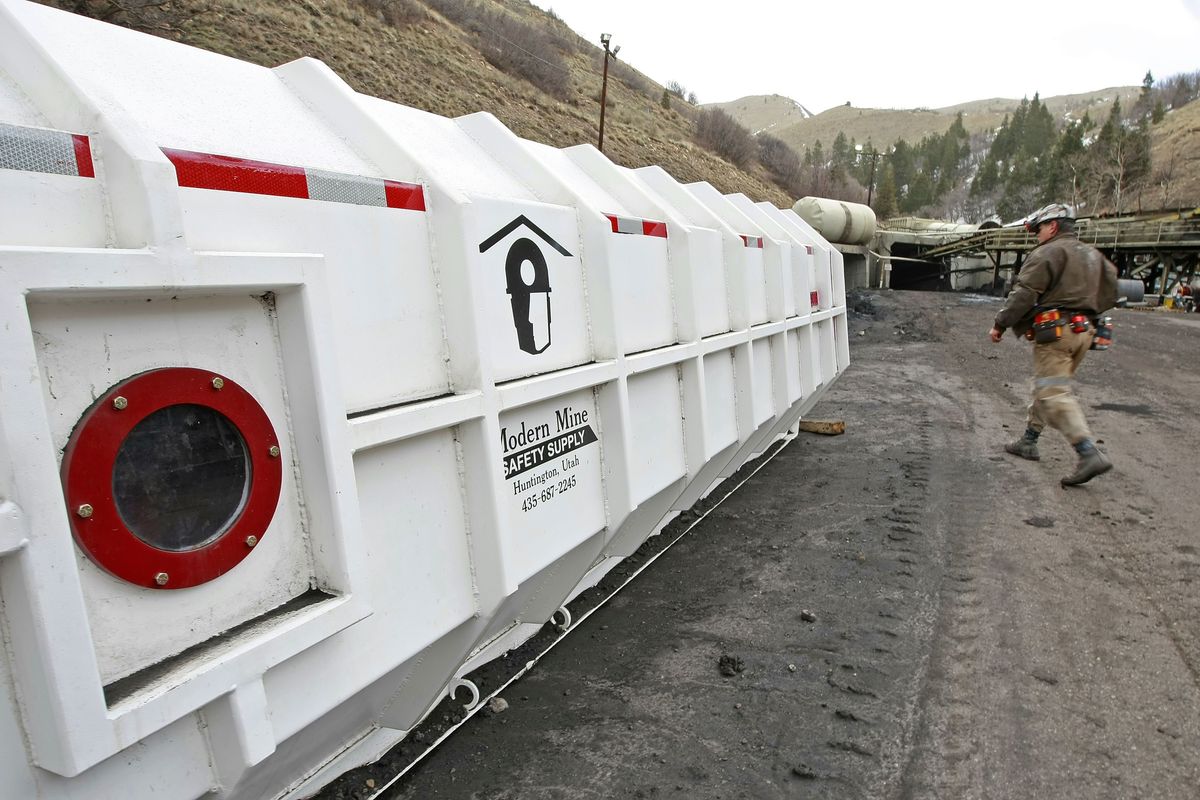Mining industry accused of slowing safety process

WASHINGTON – Pushback from mining companies against tougher safety sanctions has created a backlog of cases, clogged the appeals process and – in some instances – allowed operators to delay paying hefty fines.
Members of the House Education and Labor Committee took the mining industry to task last week for contributing to a backlog of mine safety cases amid concerns that such practices put the nation’s miners at risk. After a spate of mine tragedies in 2005 and 2006, the Federal Mine Safety and Health Review Commission stepped up enforcement and issued tougher penalties.
Mine operators counter that a scattershot approach to issuing sanctions and poorly trained inspectors are causing the backlog.
“The rate at which mine operators have been formally contesting enforcement actions, including citations and withdrawal orders issued by (the Mine Safety and Health Administration), has and continues to garner increased scrutiny,” Bruce Watzman, senior vice president of regulatory affairs for the National Mining Association, told the committee during Tuesday’s hearing. “Some believe this higher rate reflects an attempt by some operators to backlog the adjudicatory system and delay the payment of civil penalties. … While honest and reasonable people can disagree as to the underlying cause for this, one fact that is not in dispute is that these actions in no way jeopardize miner safety and health.”
Mine owners, many of them in Kentucky and other Appalachian states, have now tripled the number of violations they appeal and are now litigating 67 percent of all penalties, according to the House committee. The backlog of cases due for review has jumped from 2,100 in 2006 to approximately 16,000 today.
“Blanket and indiscriminate appeals to the review commission allow irresponsible mine operators to avoid these stiffer penalties,” the committee’s chairman, Rep. George Miller, D-Calif., told the panel.
In Kentucky, mine operators appeal 80 percent of the fines for serious safety violations, according to the federal Mine Safety and Health Administration. According to the Federal Mine Safety and Health Review Commission, the index of the 16,000 backlogged cases is 616 pages long and contains at least $195 million in fines.
Mine safety advocates worry that the backlog of cases will undermine the 2006 Mine Improvement and New Emergency Response Act, which is largely credited for improved safety provisions and a reduction of the number of miners who die on the job. In 2007, a collapse at Crandall Canyon in Utah killed nine miners. In 2006, an underground explosion at the Darby Mine in Harlan County, Ky., killed five people, and an explosion at the Sago Mine in West Virginia killed 12 miners.
“If Congress wants to realize the full benefits that it intended with the enhanced penalty structure in the 2006 MINER Act, then the system must be realigned so that operators are not rewarded for routinely contesting citations and penalties, and the commission must be adequately funded so that it can handle its caseload on a timely basis,” Cecil Roberts, president of the United Mine Workers of America, told the committee.
The mining industry points to a record low number of mining deaths as proof that companies are working with the new guidelines. The industry attributes the appeals backlog to a wave of inexperienced new hires at MSHA who subjectively apply rules, issue numerous sanctions and slow the process.
MSHA is trying to address the backlog by improving mine inspectors’ consistency and simplifying the process of contesting cases, said Joseph Main, MSHA’s assistant secretary of labor.
“I firmly believe the best way to resolve the backlog problem is to take measures to ensure safer and healthier mines that, under rigorous and complete inspections, receive fewer citations and orders from MSHA because there are fewer violations to cite,” Main said. “This will require a collaborative approach within the mining industry.”